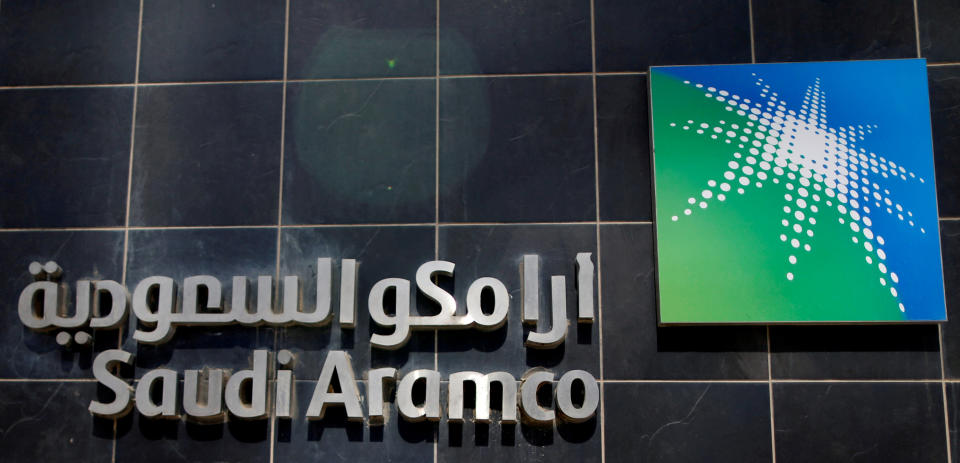A Saudi Aramco IPO halt or cancellation could be a blessing for New York and London

Over the last 24 hours, rumours have swirled that the Saudi Aramco was about to halt its initial-public-offering (IPO)— the largest in the world if it went ahead. While Saudi Energy Minister Khalid al-Falih denied reports that the oil giant was calling off its flotation for now, his statement did suggest at least that there would be delays. His comments do echo previous reports that the IPO could be shelved until 2019.
But while the focus on an Aramco IPO has largely centred on the major amount of fees it would generate, for whichever international city secured the listing, there is a question over whether a cancellation could be a blessing in disguise.
Back in 2016, Prince Mohammed bin Salman had said he had hoped to float about 5% of Aramco via a local and international listing, with a company valuation of at least $2 trillion. There’s been a race between mainly New York, London, and Hong Kong over who will snap up the $100 billion slice of the pie.
It’s no surprise that the world’s financial hubs are all fighting over the IPO— the deal could generate $1 billion in fees. But if you get past those dazzling calculations, the IPO has posed some serious questions over company transparency and realistic valuations that could make or break Wall Street or the Square Mile.
First of all, the reason why oil-rich Saudi Arabia wants to sell off part of its state-owned giant is to hedge against weaker long-term oil demand. Oil prices are hovering around the $65-$75 per barrel (CL=F; BZ=F) range and are far from highs from previous years of over $100 per barrel. Although geopolitical risks tend to lead to price spikes, weak long-term demand will cap price rises unless producers pull supply from the market.
Now this is why the Prince’s valuation of the state-owned oil giant at $2 trillion has been repeatedly been touted by industry experts as unrealistic. A survey by regional investment bank EFG Hermes showed fund managers and institutional investors expect Aramco to have a market cap of $1 trillion to $1.5 trillion. Global consultants Sanford C. Bernstein & Co and Rystad Energy AS, have also suggested a valuation closer to $1 trillion.
The valuation of $2 trillion seems to be derived from simply multiplying its 266 billion barrels by the price of $7 to $8 per barrel. Although that’s in line with recent industry acquisitions, there needs to be other measures of value. This is especially prudent considering the Aramco IPO is intended to offset weak long-term oil demand.
Since Aramco is not a public company, it doesn’t release net income and other financial details. But in April this year, Bloomberg managed to uncover through leaked account information a unique and detailed insight into the oil giant. While Aramco said in a statement that the report was “inaccurate” and that it “does not comment on speculation regarding its financial performance and fiscal regime,” it is one of the only times there’s been public, tangible information on how the firm stacks up to the Prince’s valuation.
Subsequently, the findings raised more questions over the value for shareholders.
The Kingdom of Saudi Arabia is the sole economic agent for Aramco, meaning it is the only entity that claims the energy giant’s net cash flows. Prior to the leak to Bloomberg, it was unclear how it receives the money, whether it through taxes or dividends.
While, the document from April this year showed that it did pay a cash distribution to the government, the biggest surprise was how it wasn’t as huge as one would expect for a company valued at $2 trillion. The documents showed that it paid $13 billion in the first half of 2017. As Bloomberg noted, Exxon (XOM) and Royal Dutch Shell (DSB.L), when combined produces less oil than Aramco, paid shareholder $6.4 billion and $7.8 billion.
Also looking for value as a shareholder, the company also has a landscape for limited cash generation because Aramco pays a 50% income tax and an additional variable royalty on revenue, notes Bloomberg.
The biggest takeaway is that a halt or a cancellation of an Aramco IPO could be a blessing in disguise right now. The Saudi-administered valuation and fee figures are bombastic and run the risk of overshadowing how the flotation needs further clarity so investors know what they’re getting in for.

 Yahoo Finance
Yahoo Finance 
